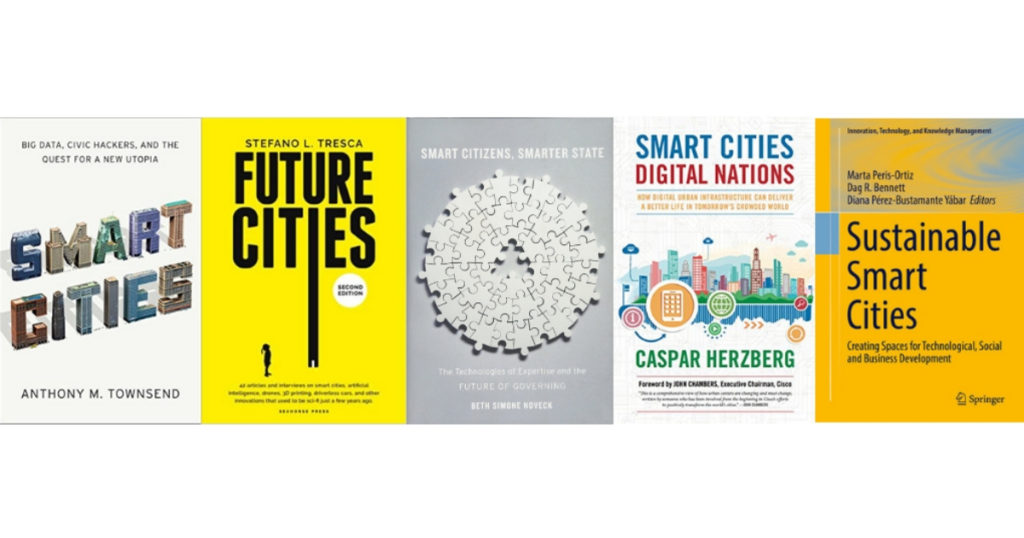

Exploring the Intersection of Space and Urban Living with Laura Winterling
In a thought-provoking podcast, we delve into the intriguing world of space travel and the human elements involved. Physicist, a former astronaut instructor, an entrepreneur and a commercial helicopter pilot Laura Winterling shares her experiences, perspectives, and valuable insights on the psychological and emotional aspects of astronauts, decision-making, and the essence of human connection.






